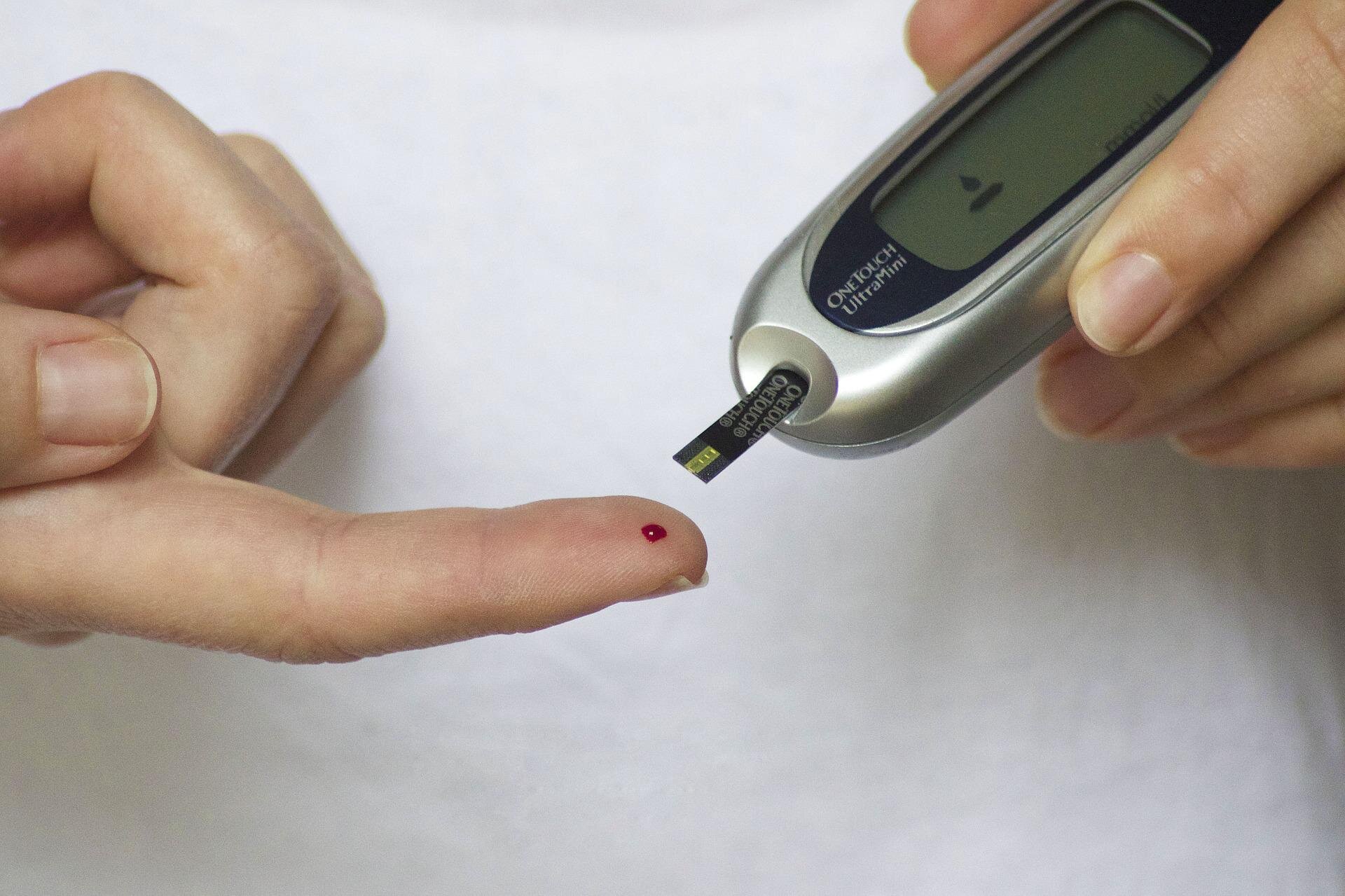Credit: CC0 Public Domain
Research published BMJ today.
The researchers say their findings are based on an analysis of the drug security signals identified by the FDA from 2008 to 2019 suggest that either the FDA is taking regulatory action based on unpublished evidence or that a more complete safety evaluation may be required if potential safety signals are identified.
Monitoring the safety of medicines after they become available to patients (known as post-marketing pharmacovigilance) is essential for monitoring the safety of medicines.
The US Food and Drug Administration (FDA) receives more than 2 million adverse event reports each year through its Adverse Event Reporting System (FAERS) and reviews all potential safety signals to determine whether regulatory action is needed .
In 2007, the FDA Amendments Act required the FDA to publish quarterly safety alert reports from FAERS, providing an opportunity to study them to better understand this pharmacovigilance system.
Therefore, a group of American researchers decided to analyze the security signals detected in the FAERS database. They investigated how often these signals led to regulatory action and whether they were supported by additional research.
They found that from 2008 to 2019, the FDA reported 603 potential safety alerts identified in FAERS, of which about 70% were resolved, and nearly 80% resulted in regulatory action, most commonly drug labeling changes.
In a separate in-depth analysis of 82 potential safety signals reported in 2014-15, at least one relevant study was found in the literature for approximately 75% of the signals, but most of these studies were case reports or case series.
However, less than a third (30%) of regulatory actions were supported by at least one relevant published study, and none of the regulatory actions were supported by public evaluation, according to the Sentinel Initiative.
These are observational findings, and the researchers acknowledge some important limitations. For example, they did not evaluate regulatory actions taken in other countries in response to these safety signals that may have prompted FDA action, nor could they consider unpublished studies or other data available to the agency but not publicly available.
However, they say these findings “underscore the continued need for rigorous postmarketing safety studies to improve the quality of evidence available at the time of regulatory action, as well as the importance of continued efforts to use real-world data sources to evaluate and address signals detected with FAERS, and support the FDA’s regulatory decisions.”
In a linked editorial, experts say regulators should publish all the evidence that underpins their response to drug safety alerts to reduce harm and ensure public trust in medicine.
The COVID-19 pandemic has exposed the tension underlying regulatory decisions and the public’s right to know about the serious risks associated with medical interventions, they write. The same tension exists in the area of medical safety.
“Safety signals are an important step, but radical transparency of available evidence and a framework for regulatory decisions are needed to reduce harm caused by medicines, as are adequate follow-up measures to ensure safer use,” they concluded.
Characterization and validation of safety signals identified in the US Food and Drug Administration’s Adverse Event Reporting System, 2008-19: a cross-sectional study. BMJ (2022). DOI: 10.1136/bmj-2022-071752
Provided
British Medical Journal
Citation: Study Finds Fewer Than Third of FDA Regulatory Actions Supported by Research or Public Evaluations (2022, October 5) Retrieved October 5, 2022, from https://medicalxpress.com/news/2022-10-fda-regulatory-actions .html
This document is subject to copyright. Except in good faith for the purpose of private study or research, no part may be reproduced without written permission. The content is provided for informational purposes only.







